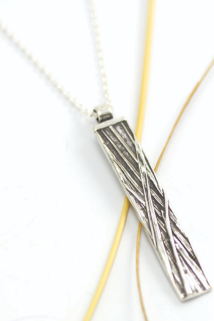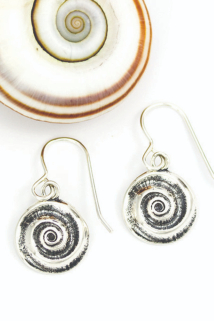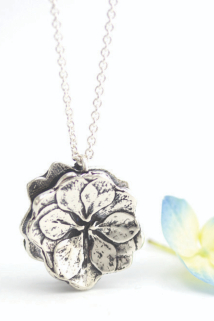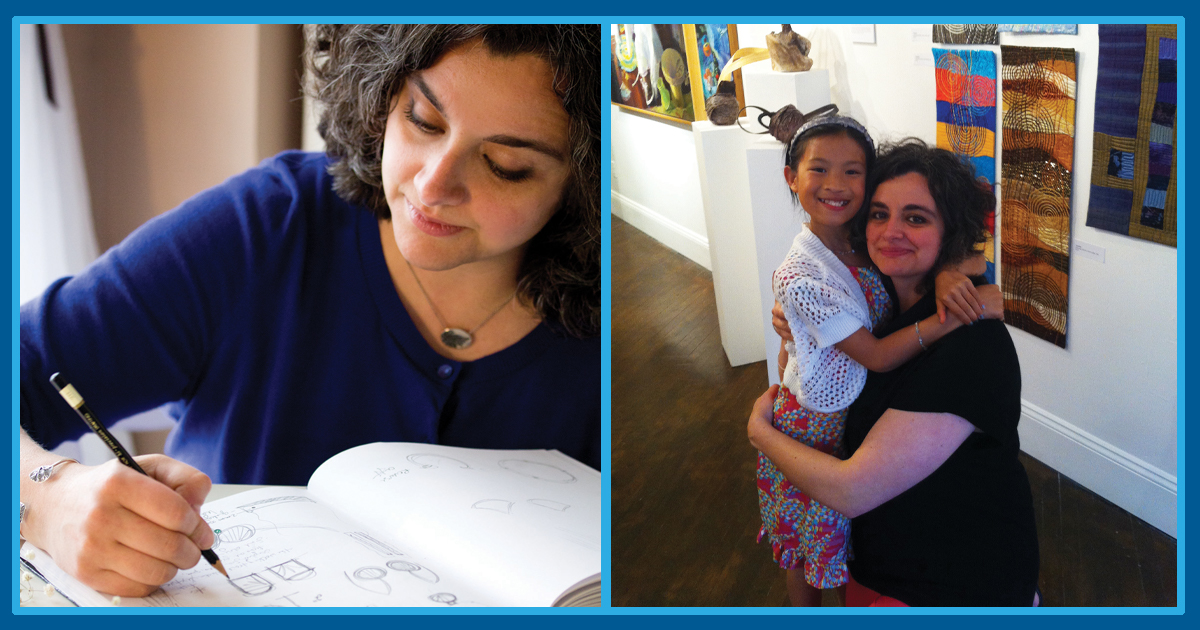
Creating Support for Museums
Artist Angela Colasanti ’98 helped develop an initiative that brings revenue to museums around the world, many of which are struggling to survive the pandemic.
By Claire Kowalchik
In a survey of more than 750 US museum directors conducted through June of this year and reported by the American Alliance of Museums (AAM), one-third of directors claimed a “significant risk” of closing permanently by fall 2021. “Museum revenue disappeared overnight when the pandemic closed all cultural institutions, and sadly, many will never recover,” said Laura Lott, president and CEO of the AAM, in a July 22 statement. “Even with a partial reopening in the coming months, costs will outweigh revenue, and there is no financial safety net for many museums.”
We visit museums to learn about history, science, and the world we live in and to immerse ourselves in art. Through educational programming, museums connect students with all of this. For many students, the only opportunity to view museum collections and exhibits is the one provided through their school. In Wilsonville, Oregon, for example, the local community college and 12 high schools partnered with the World of Speed Motorsport Museum, which offered automotive classes to hundreds of students. This past summer, World of Speed Motorsport closed its doors for good.
Museums represent a significant slice of the national job market. The “creative economy” as a whole is an $878 billion industry that supports 5.1 million US jobs and represents 4.5 percent of the nation’s economy, according to the US Bureau of Economic Analysis. Of those 5.1 million jobs, the museum field specifically supports 726,000, and the AAM says that the financial insecurity caused by the pandemic has resulted in tremendous job loss and economic hardship for many museum workers.
Since the pandemic hit, museums have had to get creative about finding ways to engage with their audiences and tap financial support, some creating virtual escape rooms and others live-streaming animal cams. At the same time, institutions are appealing to local, state, and federal governments for support. “On average, museums receive less than 25 percent of their total funding from government sources,” says Lott. “Money from public and private sources is crucial to saving the museum field.”
“I adopted my daughter from China when she was 4. The adjustment was difficult for her. We often went for walks. She would pick up pinecones, flowers, and other bits of nature and bring them home to keep. I thought to myself, ‘If she can see beauty in these things, we can, too. All of us have connections to the plants and botanicals that surround us.’” —Angela Colasanti ’98
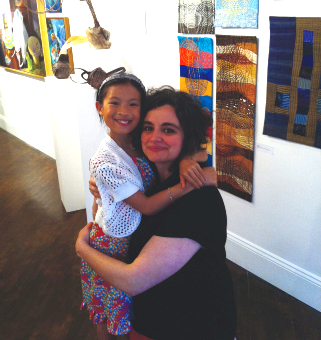
Artist Angela Colasanti ’98 found inspiration for
her art in her daughter.
A Piece of the Solution
One revenue stream flows from the museum store. These shops contribute up to 25 percent of a museum’s earned revenue, according to the 2018 Museum Store Association (MSA) Retail Industry Report, and a store’s contribution represents 100 percent of its net revenue.
“Museum stores do so much for their respective institutions, from generating income and extending programs to visitor engagement and educational outreach,” says artist Angela Colasanti ’98. “By shopping a museum store, patrons directly support the museum. Supporting the nonprofit retail industry also directly helps the small artisans, manufacturers, and vendors that supply this sector, and these artisans and manufacturers support the domestic small businesses that provide their supplies.”
Colasanti, a member of the MSA, is a founding sponsor of the group’s Museum Store Sunday initiative. Occurring annually since 2017, Museum Store Sunday fits neatly into the busiest retail weekend of the year, following Black Friday and Small Business Saturday and preceding Cyber Monday and Giving Tuesday. “It is a one-day global advocacy event that highlights the importance of shopping at museum stores in support of museums and cultural institutions worldwide,” says Colasanti.
As a founding sponsor, Colasanti was part of the committee that formed the event. She designed and built the website and has served on the committee from 2017 through 2019, leading a global team of nonprofit retail professionals and vendors in the strategic development and implementation of Museum Store Sunday. In 2019, she served as cochair and oversaw strategic partners and advocacy.
Five hundred institutions worldwide participated in the first Museum Store Sunday. By 2019, that number had grown to more than 1,400. For her contributions, Colasanti received the MSA’s 2020 Merit Award.
Colasanti sells her own work to museum stores across the country, including the Barnes Foundation in Philadelphia and Winterthur in Wilmington, Delaware. “As a vendor, it has been very meaningful to have a seat at the table,” she says of her involvement in Museum Store Sunday. “It shows that while this initiative is important to our institutions, artists and their work are also valued.”
Life Artfully Told
Angela Colasanti’s work combines art, jewelry fabrication, poetry, photography, marketing, and graphic design, all of which she studied at Moravian. Her line of products, which she sells through museum stores and online at her website, Life Artfully Told, includes a diverse product line reflective of the natural world around us: sterling silver jewelry made with impressions of botanicals, greeting cards featuring original sentiments and photography, and pewter keepsakes, including bookmarks and ornaments. The inspiration for Colasanti’s business came from her daughter.
It’s Personal
The museum store experience is unique. The products in any given shop are curated in much the same way as the collections in the museum itself. If you visit a botanical garden, for example, you will find items that reflect the experience of being among flowers and other plants in the designs of jewelry, pottery, and clothing. You’ll find books about gardening and landscaping on the shelves and framed botanical prints on the wall.
The word souvenir means “memory.” A piece purchased at a museum store recalls your experience in the museum: the awe inspired by a painting or sculpture; the serenity absorbed from a stroll through a garden; the understanding of a period of history gained through an exhibition. It creates a powerful and lasting connection.
More important, as we slog through this pandemic, that purchase goes beyond the thing, Colasanti emphasizes. It helps support education, salaries, and acquisitions, and now and in the months to come, that support is more important than ever.
Note: Though Museum Store Sunday has passed, you can still find a listing of museum stores at museumstoresunday.org. To make a gift to a favorite museum, search the institution online.
Claire Kowalchik is the editor of Moravian College Magazine.
Museum Facts
More people visited an art museum, science center, historic house or site, zoo, or aquarium in 2018 than attended a professional sporting event. (Broader population sampling conducted on behalf of the American Alliance of Museums by Wilkening Consulting, 2018)
Museums spend more than $2 billion each year on education activities; the typical museum devotes three-quarters of its education budget to K-12 students. (Museum Financial Information Survey, American Alliance of Museums, 2009)
The American public considers museums the most trustworthy source of information in America, rated higher than local papers, nonprofit researchers, the US government, and academic researchers. (Museums R+D, Reach Advisors)

